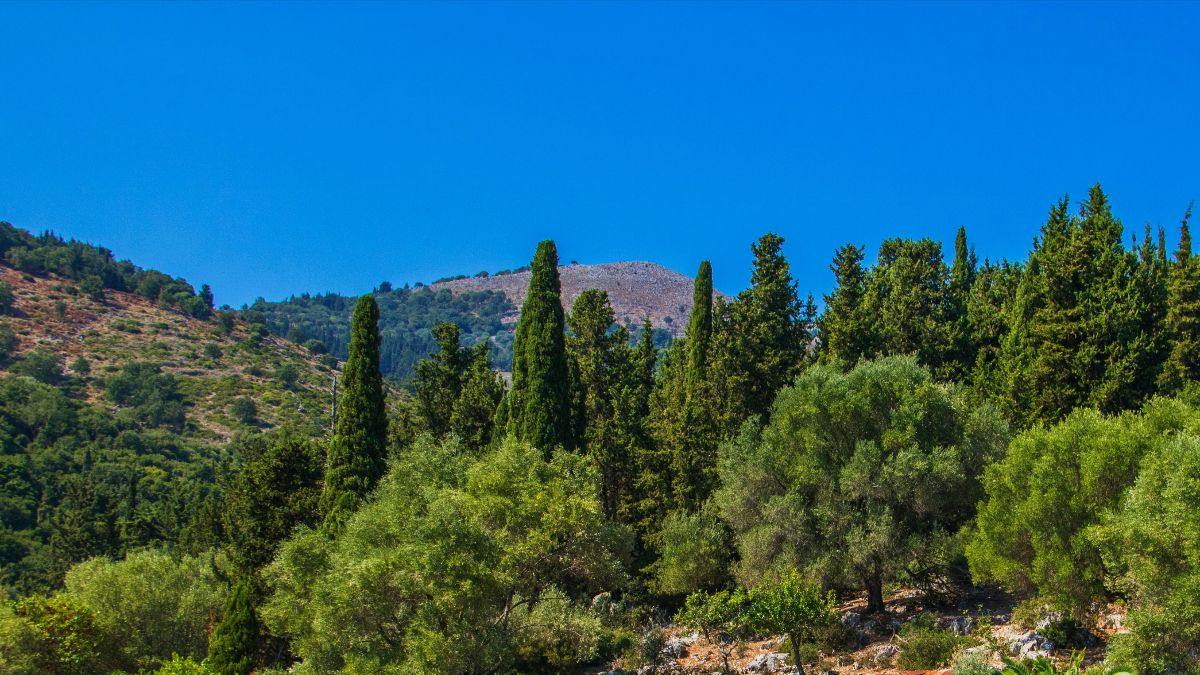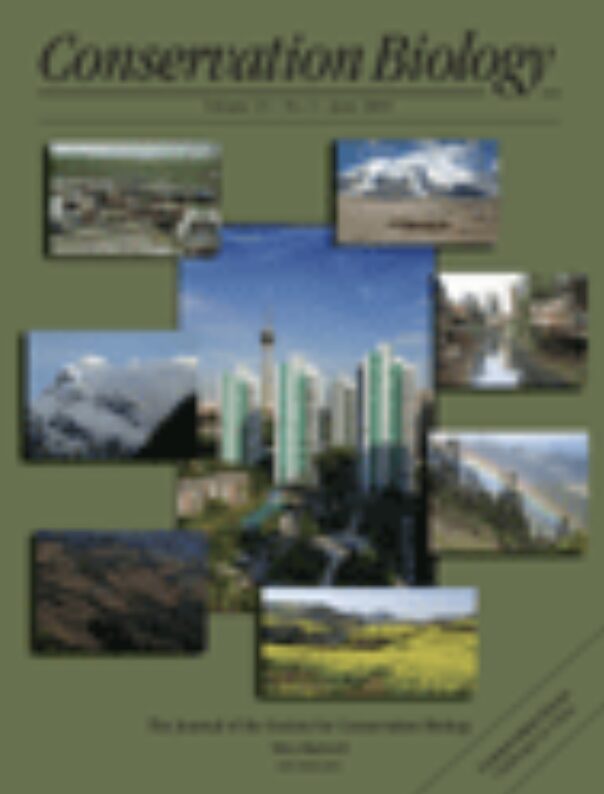Periodic wildfire is an important natural process in Mediterranean-climate ecosystems, but increasing fire recurrence threatens the fragile ecology of these regions. Because most fires are human-caused, we investigated how human population patterns affect fire frequency. Prior research in California suggests the relationship between population density and fire frequency is not linear. There are few human ignitions in areas with low population density, so fire frequency is low. As population density increases, human ignitions and fire frequency also increase, but beyond a density threshold, the relationship becomes negative as fuels become sparser and fire suppression resources are concentrated. We tested whether this hypothesis also applies to the other Mediterranean-climate ecosystems of the world. We used global satellite databases of population, fire activity, and land cover to evaluate the spatial relationship between humans and fire in the world’s five Mediterranean-climate ecosystems. Both the mean and median population densities were consistently and substantially higher in areas with than without fire, but fire again peaked at intermediate population densities, which suggests that the spatial relationship is complex and nonlinear. Some land-cover types burned more frequently than expected, but no systematic differences were observed across the five regions. The consistent association between higher population densities and fire suggests that regardless of differences between land-cover types, natural fire regimes, or overall population, the presence of people in Mediterranean-climate regions strongly affects the frequency of fires; thus, population growth in areas now sparsely settled presents a conservation concern. Considering the sensitivity of plant species to repeated burning and the global conservation significance of Mediterranean-climate ecosystems, conservation planning needs to consider the human influence on fire frequency. Fine-scale spatial analysis of relationships between people and fire may help identify areas where increases in fire frequency will threaten ecologically valuable areas.
Conservation threats due to human-caused increases in fire frequency in Mediterranean climate ecosystems


